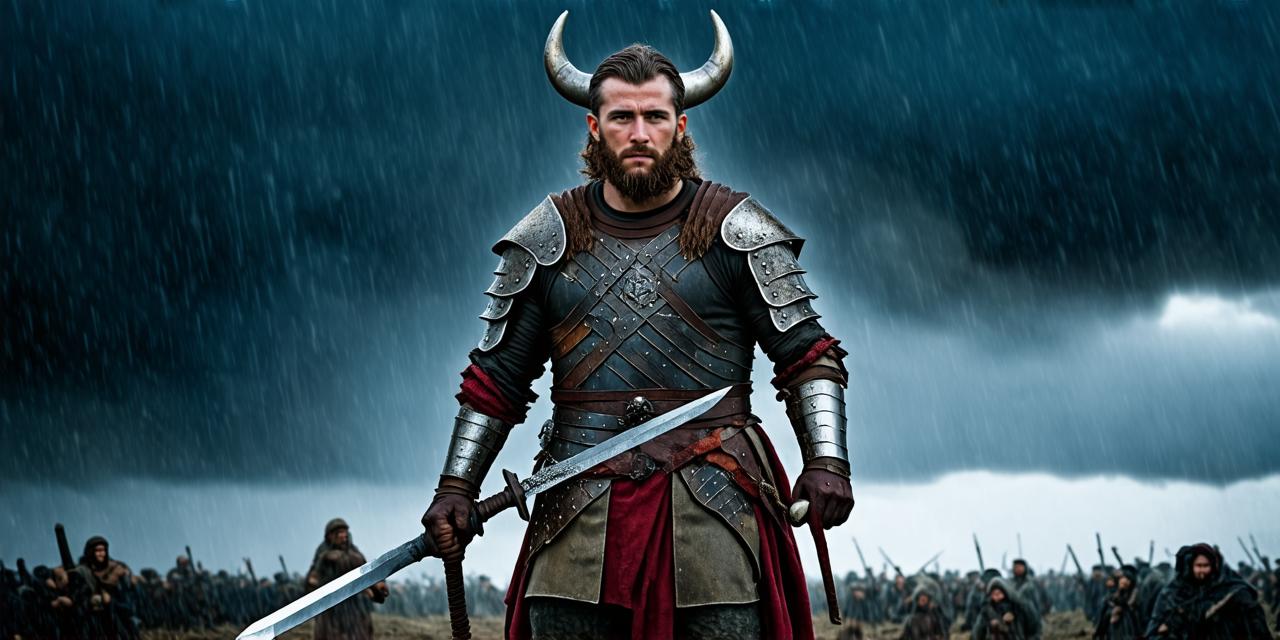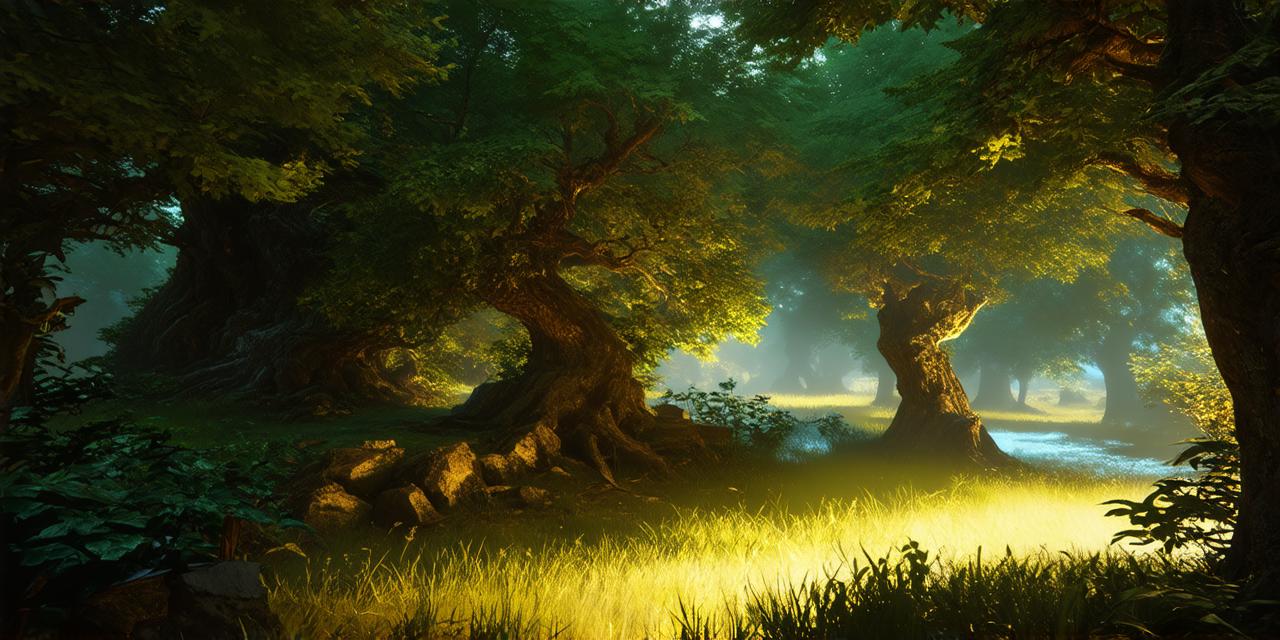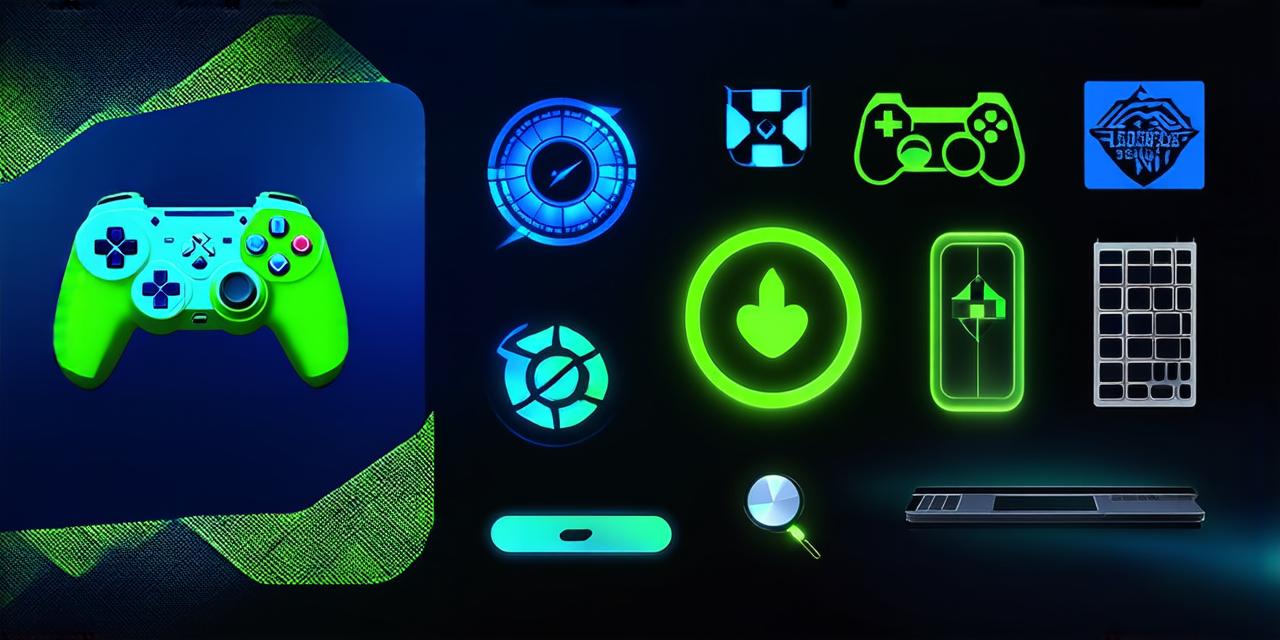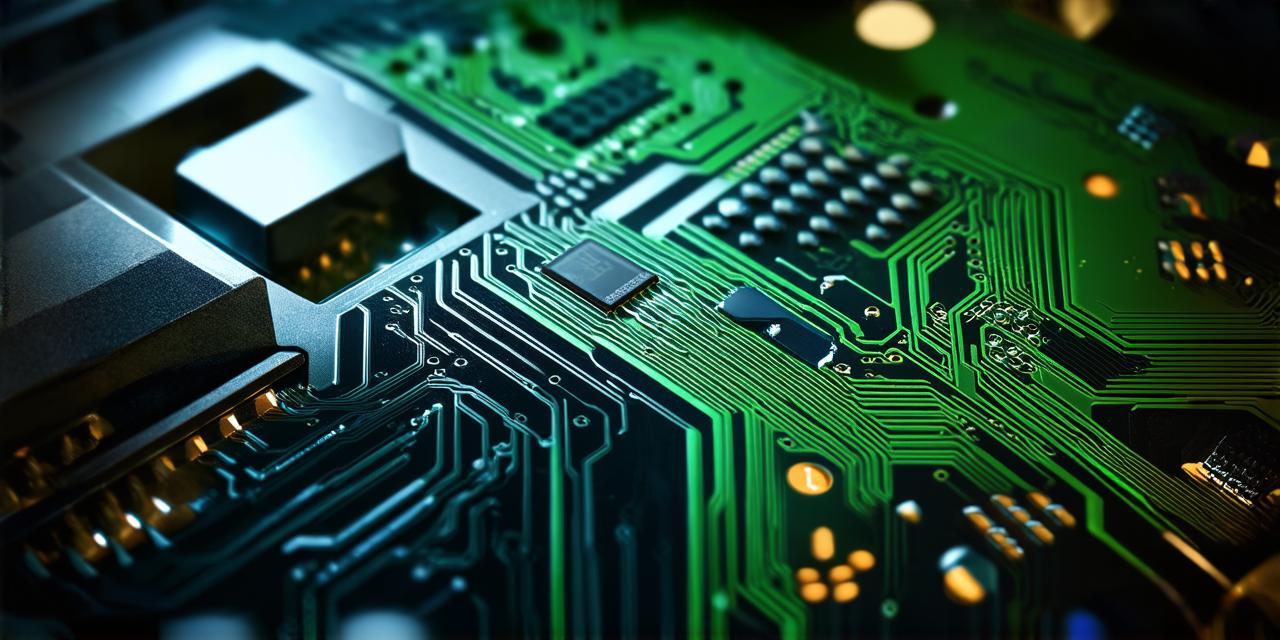Introduction
Game development is a complex process that requires creativity, technical skills, and careful planning. Developing a game can be divided into five distinct phases that need to be executed with precision to ensure the final product meets the desired outcome. In this article, we will explore these phases in detail and provide real-life examples of successful games that have navigated these stages with ease.
Phase 1: Conceptualization
The first phase of game development is conceptualization, which involves brainstorming ideas for the game’s theme, mechanics, and overall gameplay. This phase requires a team of experts from different backgrounds such as game designers, artists, writers, and producers. The goal of this phase is to create a clear vision of the game that everyone on the team understands and can work towards.
For example, in the creation of Minecraft, the game’s developers Markus Persson and Jens Bergensten started by brainstorming ideas for an adventure game that would allow players to explore a procedurally generated world. They then created a prototype, which they tested with friends and refined until they had a solid concept. This concept eventually evolved into the Minecraft we know today.

Phase 2: Design
The second phase of game development is design, which involves creating detailed plans for the game’s mechanics, levels, characters, and story. This phase requires careful planning and iteration to ensure that all aspects of the game work together seamlessly. The goal of this phase is to create a blueprint for the game that can be used to build the actual product.
For example, in the development of Super Mario Bros., the game’s designer Shigeru Miyamoto created detailed designs for each level and character in the game. He also worked closely with programmers and artists to ensure that these designs were implemented correctly and looked visually appealing. This attention to detail is what made Super Mario Bros. such a beloved classic.
Phase 3: Development
The third phase of game development is development, which involves bringing the design plans to life. This phase requires technical expertise in programming, art, and animation. The goal of this phase is to create a working prototype of the game that can be tested and refined.
For example, in the creation of Fortnite, Epic Games’ team of programmers, artists, and designers worked together to build a multiplayer battle royale game that could be played online. They faced numerous challenges during development, such as optimizing the game for different devices and ensuring that it ran smoothly with a large number of players. Despite these challenges, Fortnite has become one of the most popular games in the world.
Phase 4: Testing and Iteration
The fourth phase of game development is testing and iteration, which involves playtesting the game to identify bugs and areas for improvement. This phase requires a team of dedicated testers who can provide feedback on the game’s mechanics, levels, and overall experience. The goal of this phase is to refine the game until it is polished and ready for release.
For example, in the development of The Legend of Zelda: Ocarina of Time, Nintendo’s team of testers played the game extensively to identify bugs and areas for improvement. They also provided feedback on the game’s mechanics and story, which helped shape the final product. The attention to detail during this phase is what made The Legend of Zelda: Ocarina of Time such a critically acclaimed game.
Phase 5: Launch and Post-Launch Support
The final phase of game development is launch and post-launch support, which involves marketing the game, providing updates and bug fixes, and monitoring player feedback. This phase requires ongoing communication with players to ensure that their needs are being met and the game continues to evolve. The goal of this phase is to keep the game relevant and engaging for as long as possible.




